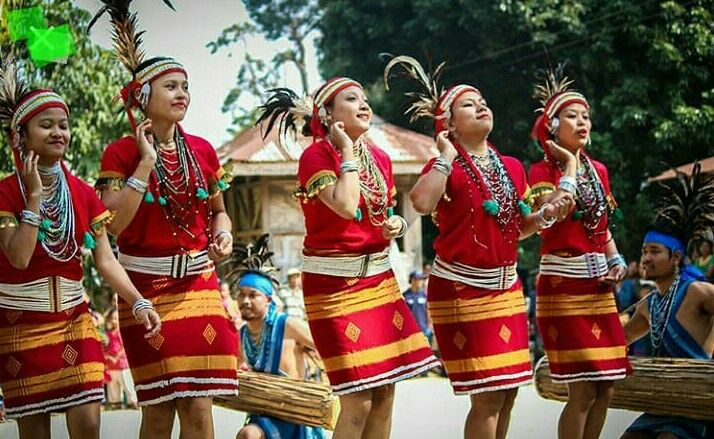Tribe: Garo
The Garo tribe is one of the major ethnic groups in Meghalaya, India. They have their own unique culture, traditions, and way of life, which are deeply rooted in their history and environment. The Garos are known for their distinctive dress, music, dance, festivals, and crafts.

Location
The Garo tribe is primarily found in the Garo Hills region of Meghalaya, which is located in Northeast India. The Garo Hills region is a hilly and forested area, characterized by its unique flora and fauna. The Garos have a strong connection to their environment, and their traditions and culture reflect this.

History
The Garos have a long and complex history, which can be traced back to the pre-Aryan era. They were originally animists, but over time, they have adopted various religions like Christianity, Hinduism, and Islam. The Garos have also played a significant role in Indian history, with several Garo leaders fighting against British colonialism.
Culture
The Garo culture is a blend of their own indigenous beliefs and customs with influences from neighboring regions. The Garos are known for their matriarchal society, where inheritance and descent are traced through the mother’s line. They have a rich tradition of music and dance, including the famous Wangala festival, which celebrates the harvest season. The Garos are also known for their traditional handicrafts, such as bamboo and cane products.
The Wangala festival, or the Hundred Drums festival, is an annual celebration held by the Garo tribe. It is a joyous harvest festival where the Garo people express gratitude to Misi Saljong, the sun god, for a bountiful harvest season. The festival features traditional music played on flutes, brass instruments, and especially drums. People dress up in colorful garments and headgear and dance to this music.
Garo men typically wear a loincloth called kammanda with a turban, while women where blouses and colorful skirts called dakmanda. Traditional jewelry of beads, shells, and brass are worn by both men and women.

